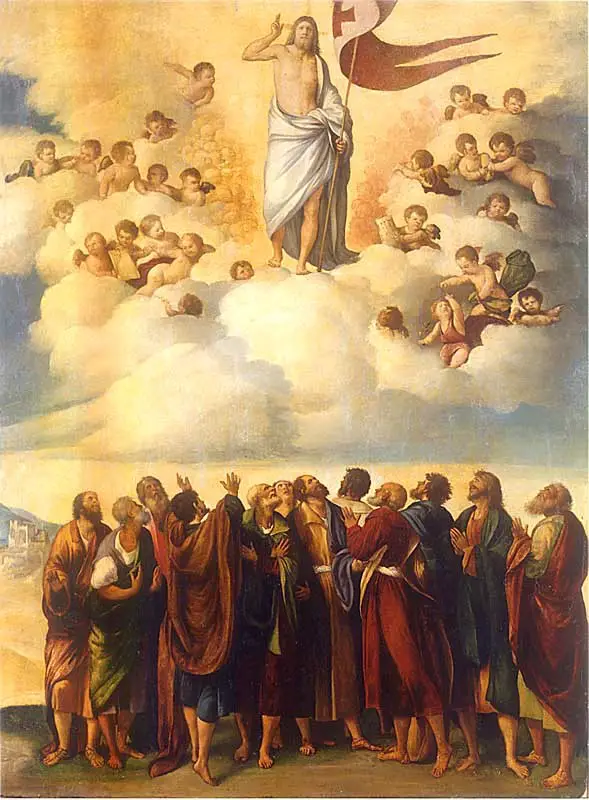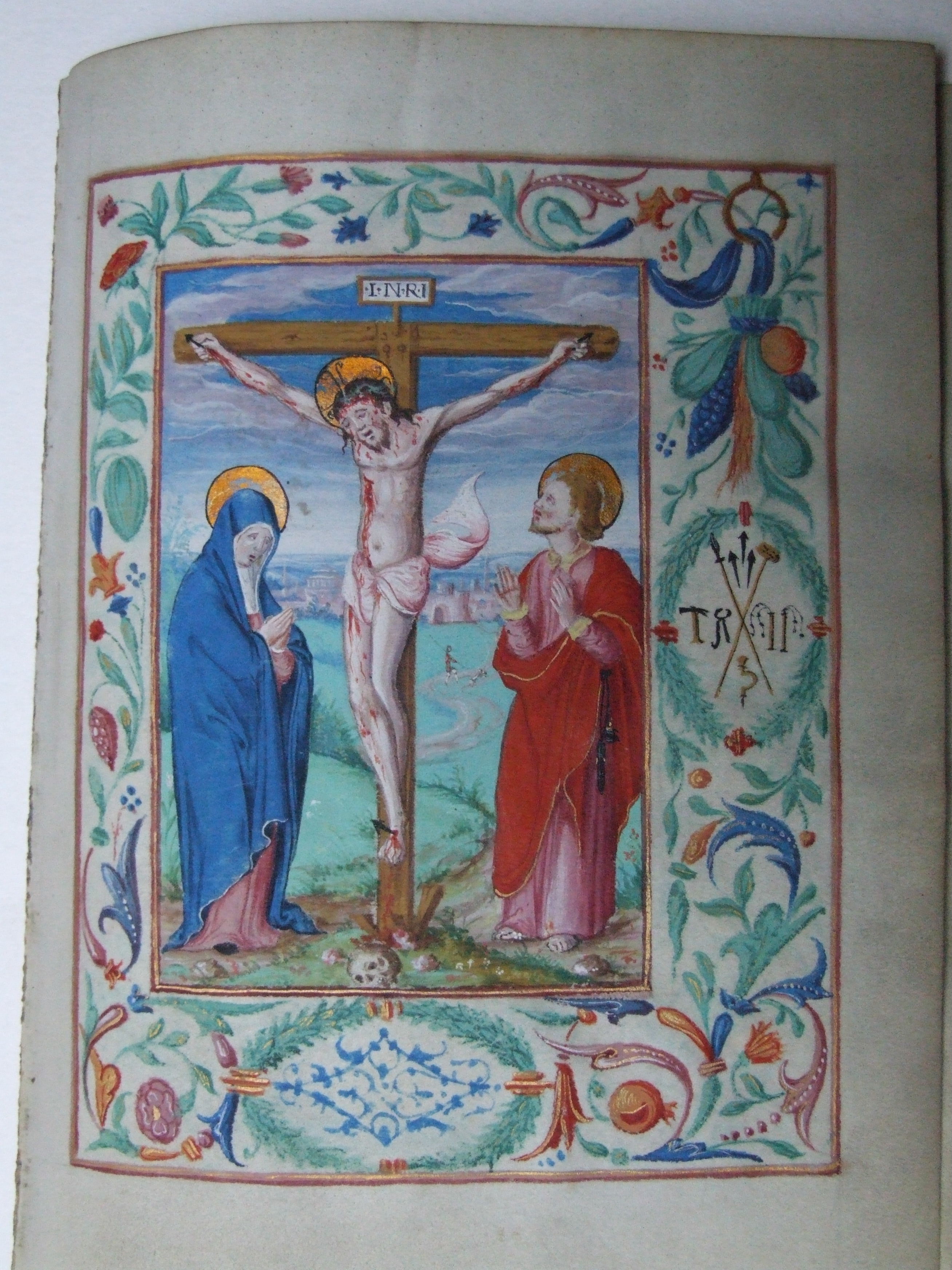1 May – May Day
1 May, or May Day, was seen as the first day of summer and had its roots in ancient celebrations of fertility. It was celebrated with special processions, plays and pantomimes, pageants, Morris dancing and the crowning of a May Queen. There would also be a Maypole, a tall wooden pole decorated with greenery and flowers and hung with ribbons. People would hold the ribbons and dance around the Maypole weaving the ribbons together in patterns.
People would also “bring in the May”, i.e. collect flowers and branches to make garlands and wreaths.
19 May – St Dunstan's Day
St Dunstan (909-988) was Abbot of Glastonbury Abbey, Bishop of Worcester, Bishop of London, and Archbishop of Canterbury, serving Kings Edgar and Edward the Martyr. He is known for restoring monastic life, reforming the English church and his service as a minister of state. Before Thomas Becket, St Dunstan was the most popular English saint, and he is the patron saint of goldsmiths, silversmiths, musicians, locksmiths and blacksmiths.
According to Ruth Goodman of the Tudor Monastery Farm team, the feast day of St Dunstan was the traditional day to do spring-cleaning.




Leave a Reply